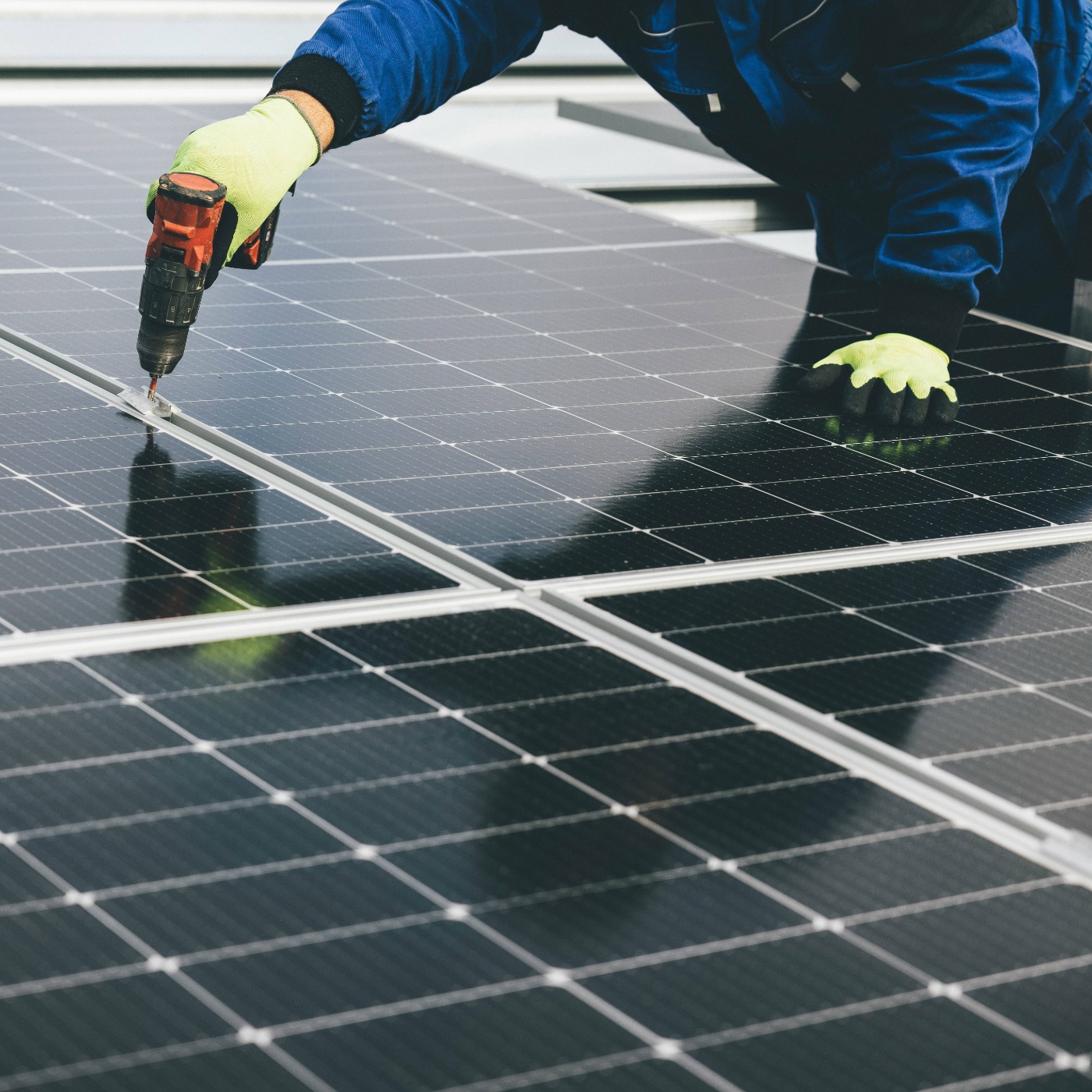01. Definition
What is the energy crisis?
In recent years, many scientists have raised their voice to warn about climate change, caused notably by the burning of oil and coal in order to produce energy.
Solutions to the energy crisis
Over the last two centuries, energy needs have skyrocketed dramatically, especially because of the transportation and industry sectors. However, fossil fuel are polluting and their reserves are limited. We know today that these resources are close to exhaustion and our societies are facing a major challenge: the energy crisis.

01. Definition

02. Causes

03. Impacts

04. Solutions
05. Implementations
MPower Ventures by MPower Ventures implemented by Kamanjab Municipality in Kamanjab (Namibia) in 2024
Electric-Hydrogen Propulsion by GreenGT implemented by Migros Geneva in Geneva (Switzerland) in 2023
vadiMAP Platform by vadiMAP implemented by City of Shawinigan in Shawinigan (Canada) in 2023
Absolicon Robotic Solar Concentrator Production Line by Absolicon Solar Concentrator implemented by Absolicon in Härnösand (Sweden) in 2019
Efficiency PACK by Orcan Energy AG implemented by Wittekind Hugo Miebach Söhne KG in Erwitte (Germany) in 2022
CONTAINWATT by monkilowatt implemented by Médecins Sans Frontières in Ouaddaï (Chad) in 2024
Micro Hydro Turbine by POWERTURBINES implemented by Aqualia in Merida (Spain) in 2024
Synhelion Solar Fuels by Synhelion SA implemented by CEMEX S.A.B. de C.V. in Zurich (Switzerland) in 2020
Synhelion Solar Fuels by Synhelion SA implemented by Wood in Jülich (Germany) in 2021
Synhelion Solar Fuels by Synhelion SA implemented by Swiss International Air Lines in Zurich (Switzerland) in 2024
Behavioural Insights platform by Advizzo (Part of Calisen group) implemented by Severn Trent Water in Coventry (United Kingdom) in 2023
R.E.D.S. (Renewable Energy Digit System) by Volterres implemented by Valenciennes Métropole in Beuvrages (France) in 2020
RelaySmartOne : the remote controlled relay by DFM-Europe implemented by Media Transport in Paris (France) in 2023
Excess Materials Exchange (EME) by Excess Materials Exchange implemented by Enfield Council in Einfield (United Kingdom) in 2022
The Patented Plagazi Process by Plagazi AB (publ) implemented by Municipality of Köping in Köping (Sweden) in 2024
The Patented Plagazi Process by Plagazi AB (publ) implemented by Gotlandsbolaget in Båstad (Sweden) in 2022

06. Conclusion















